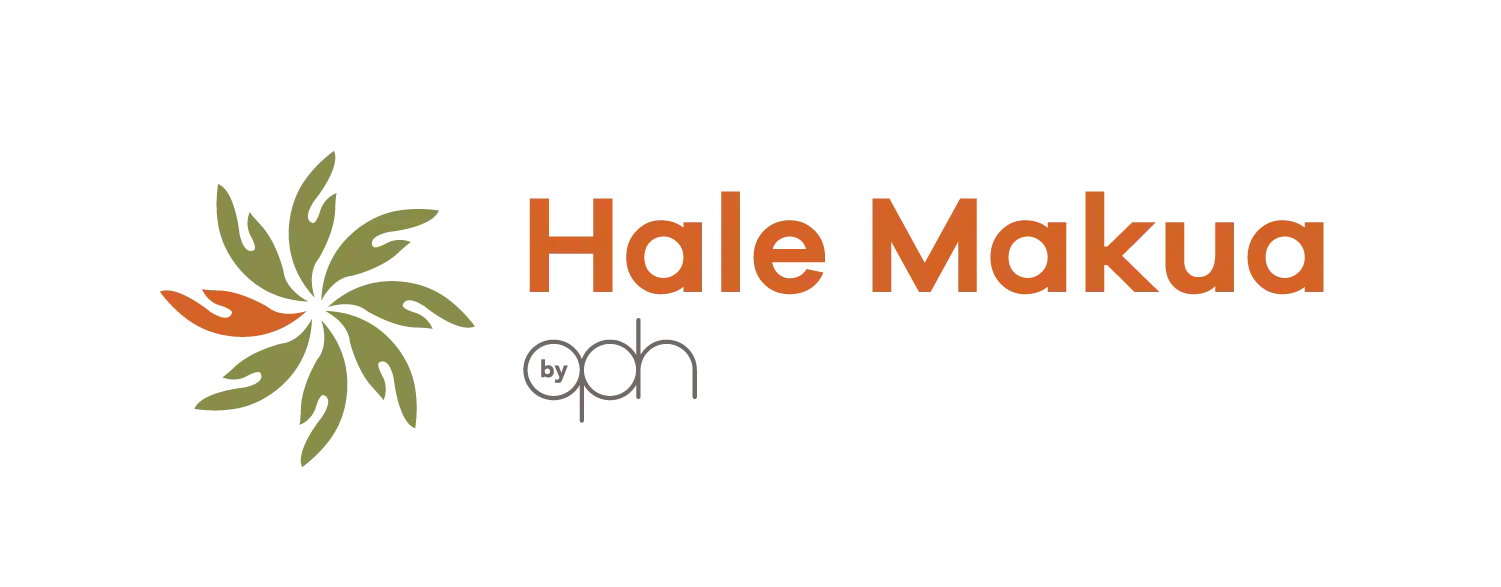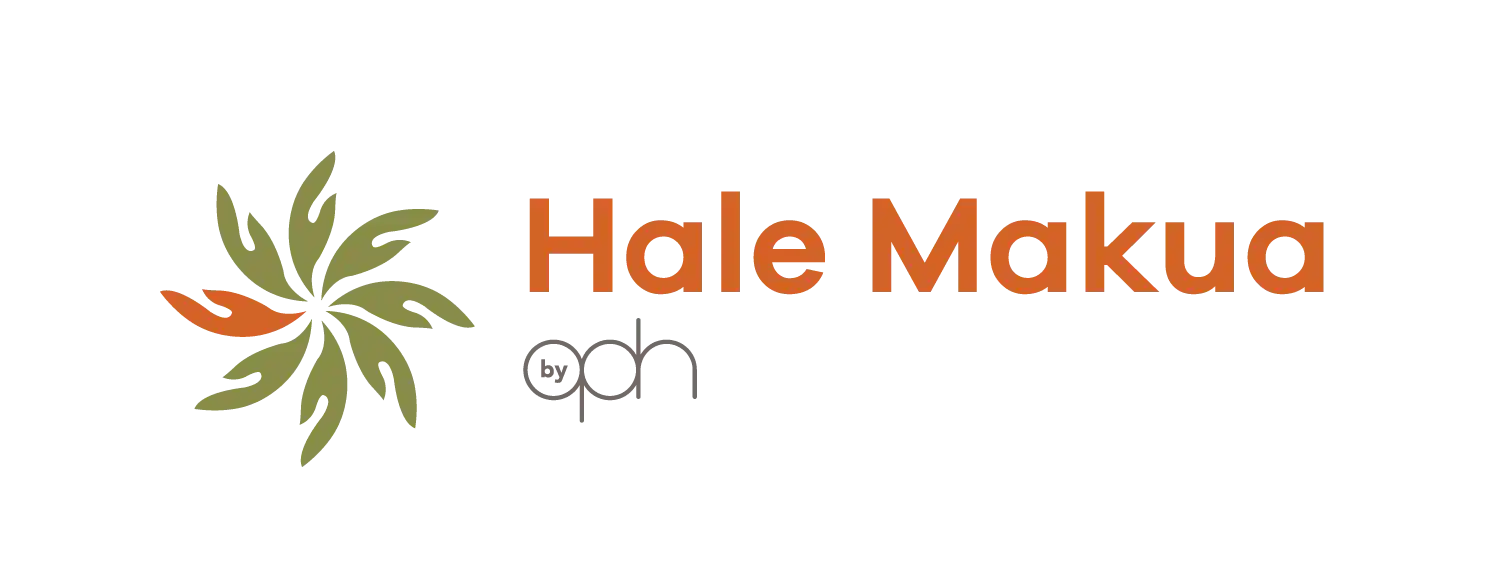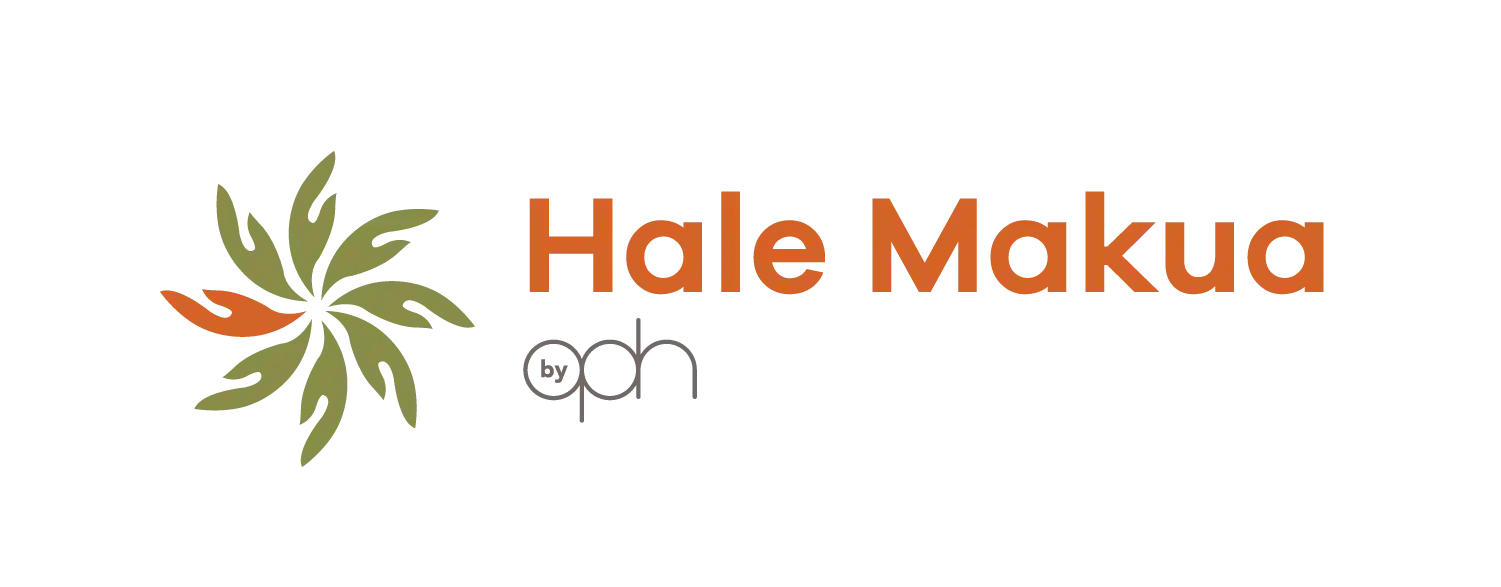Maui Island Water Use and Development Plan approved by state

The state has adopted the Maui Island Water Use and Development Plan, providing policies for the protection, management and use of water resources over a 20-year period, Councilmember Shane M. Sinenci announced today.
Counties prepare the plans as components of the Hawaiʻi Water Plan — which provides a statewide planning guide for water and environmental protection, agricultural stability, economic development and good municipal water services.
“The Department of Water Supply spent five years developing the water use and development plan and the Maui County Council spent two years reviewing and updating it to reflect the community’s desires and reflect environmental stewardship values and water as a cultural resource,” said Sinenci, in a news release.
Sinenci, who is in his third term on council for the East Maui residency area called, the State of Hawaiʻi Commission on Water Resource Management’s approval of the plan “gratifying.”
A council committee chaired by Sinenci held 15 meetings to review the draft Maui Island Water Use and Development Plan during the prior term. The council unanimously approved Ordinance 5335, which took effect Feb. 7, 2022, sending the plan to the Water Commission for review and approval.
Sinenci said the Water Commission approved the Maui plan at their June 20, 2023, meeting with five conditions to be fulfilled by the Maui County Department of Water Supply.
- First, the department must hire a consultant to write a “Maui Island WUDP Summary.” The goal is to make the 1,350-page plan more user-friendly and accessible to the public.
- Second, the Water Commission and Department of Water Supply will incorporate the findings of the US Geological Survey study on climate change impacts on groundwater recharge into future plan updates.
- Third, the department will organize meetings annually with stakeholder groups throughout the island to better quantify water needs of residents, including traditional kuleana users, rural residents and small farmers. Feedback from these meetings will be included in future plan updates.
- Fourth, the department will report to the Water Commission within a year on the Haʻikū aquifer’s ability to produce well water for other communities. Testifiers in Haʻikū expressed concern about the aquifer providing adequate water for their own community while also providing water to other communities.
- Finally, the plan and its future updates must look at more than just the county’s water systems and encourage water conservation among all water purveyors.
Maui County was lauded during the meeting as being the first county to examine water as a cultural resource in a water use and development plan. The Water Commission’s staff is in the process of updating their framework for the statewide Hawaiʻi Water Plan and is incorporating water as a cultural resource component to be added into all of the county’s water plans.
“I am particularly proud of our work with ʻAha Moku O Maui to assure that water as a cultural resource was properly considered and addressed,” Sinenci said. “The community and ʻAha Moku Advisory Councils recommended strategies that greatly strengthened the plan’s water resource protection and cultural components.”
Sinenci said these strategies included:
- the use of generational and traditional knowledge to complement scientific data,
- requiring the county to advocate for stream connectivity, kalo cultivation and kuleana and traditional rights,
- consultation with Native Hawaiians when making decisions and
- mandating the establishment of a Native Hawaiian advisory group and training for the Department of Water Supply on Hawaiian resource management and rights.
Sinenci said ʻAha Moku Advisory Councils and the community input also led to the incorporation of environmental protection strategies for dryland native forests, wetland areas, aquifer recharge areas and groundwater, water catchment, grey water use, efficient landscaping and building requirements and water conservation for golf courses, resorts and public facilities to limit extravagant hotel water use and penalize water waste behaviors.
Additionally, a new section on kānāwai — a history of Hawaiian water law — titled “Historical and Cultural Context of the Regulatory System was added to the Water Use and Development Plan.
“I was happy to hear the Water Commission’s staff describe the plan as a living document and require regular updates to the data and plan policies,” Sinenci said. “These updates reflect Maui’s ever-changing environment, persistent drought conditions, water scarcity and new legislation and new state requirements — including stream flow standards and inclusion of the newly created East Maui Community Water Authority.”
Sinenci concluded his remarks by referencing the traditional Hawaiian ʻōlelo noʻeau saying, “Uē ka lani, ola ka honua,” which is loosely translated as: when life-gives waters from above, the land thrives.








